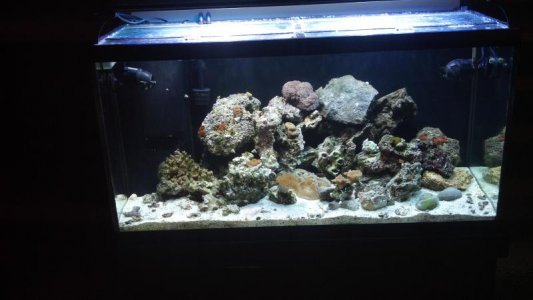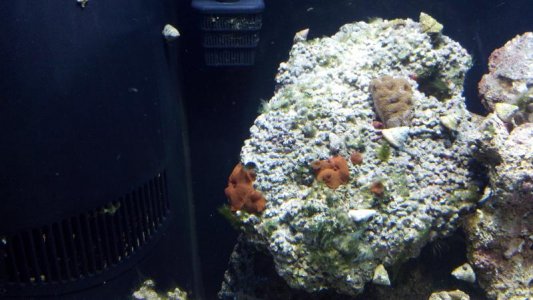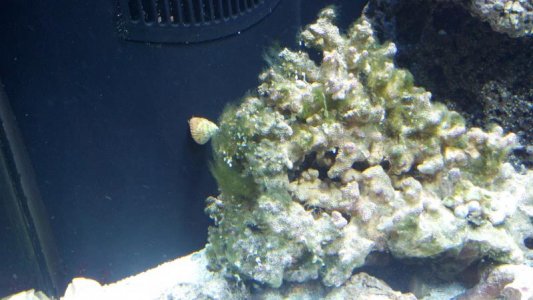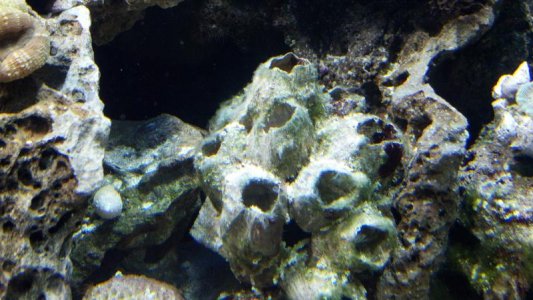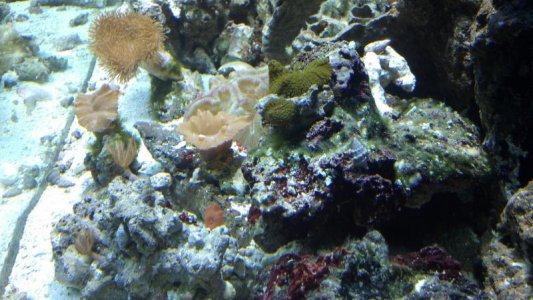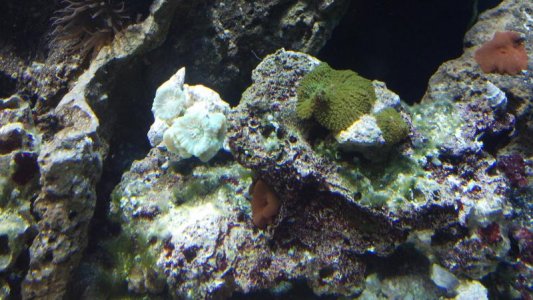brandon429
Active member
To remove the algae you can let it just die off, it will not cause new algae that is a misnomer. Interestingly any standard clean up crew members usually start to work right about now, they love the cooked cells
a toothbrush inserted/worked in the tank will really have some effect too after death is complete.
Get us pics if possible glad you have a white algae prob now!!
I don't blame anyone for being a skeptic. Mr mcguffin is just playing his part in cynicism
Its hard to explain/guess/anecdote why it works so well. Results with no community wide accepted reasoning is hard to fathom, for some. I say we just keep on adding pics and let the experts grapple further on if it works or not
a toothbrush inserted/worked in the tank will really have some effect too after death is complete.
Get us pics if possible glad you have a white algae prob now!!
I don't blame anyone for being a skeptic. Mr mcguffin is just playing his part in cynicism
Its hard to explain/guess/anecdote why it works so well. Results with no community wide accepted reasoning is hard to fathom, for some. I say we just keep on adding pics and let the experts grapple further on if it works or not

